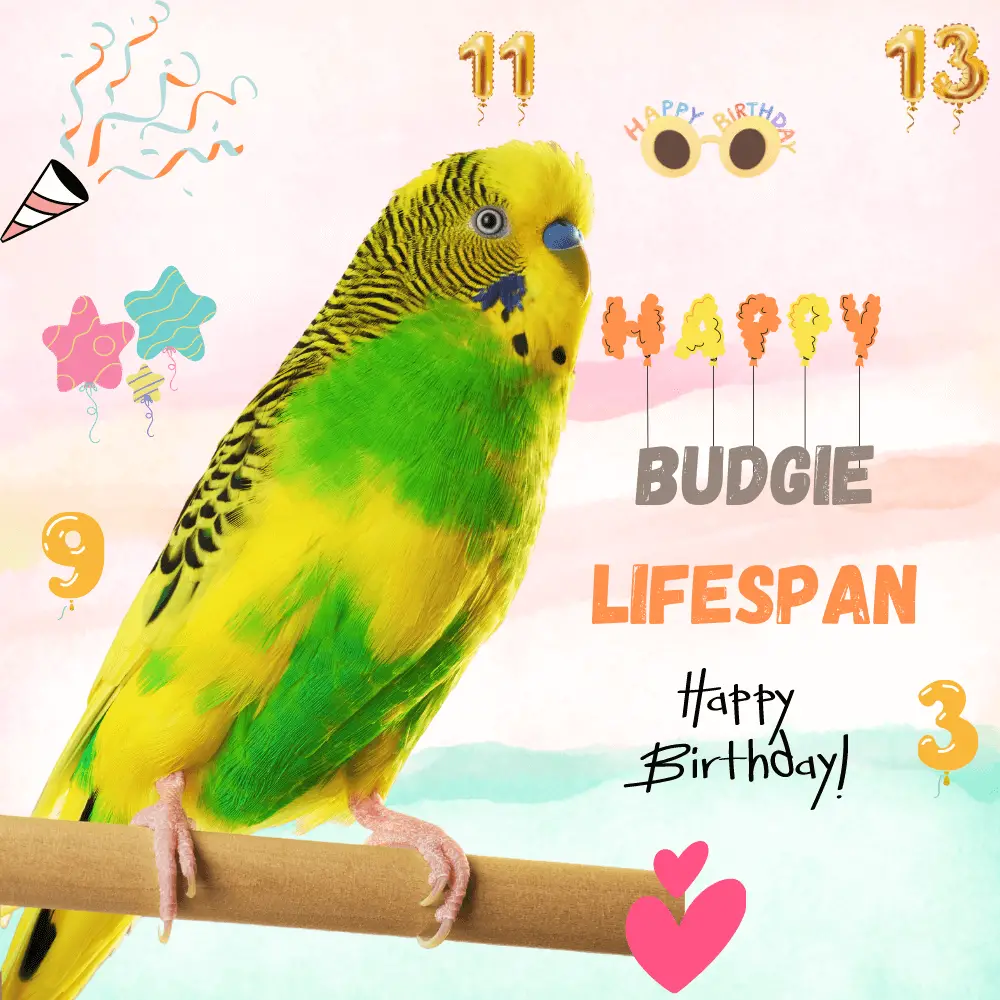Budgie lifespan: Budgies are the longest-lived of all parrots, and it is believed that the reason is genetic, due to the fact that the budgerigar carries relatively few genetic differences over the years, in contrast, other parrots that are larger in size and have more feathers have a shorter lifespan.
Wild budgies usually live from the age of 4-6 years, while domestic budgies or those bred in bird farms have an average age of 5-8 years, and can live up to 20 years in rare cases, and it is noted that budgies after puberty do not develop It has great differences in shape, as an adult budgerigar at any age is very similar in appearance to others.
Factors affecting the life of the budgerigar
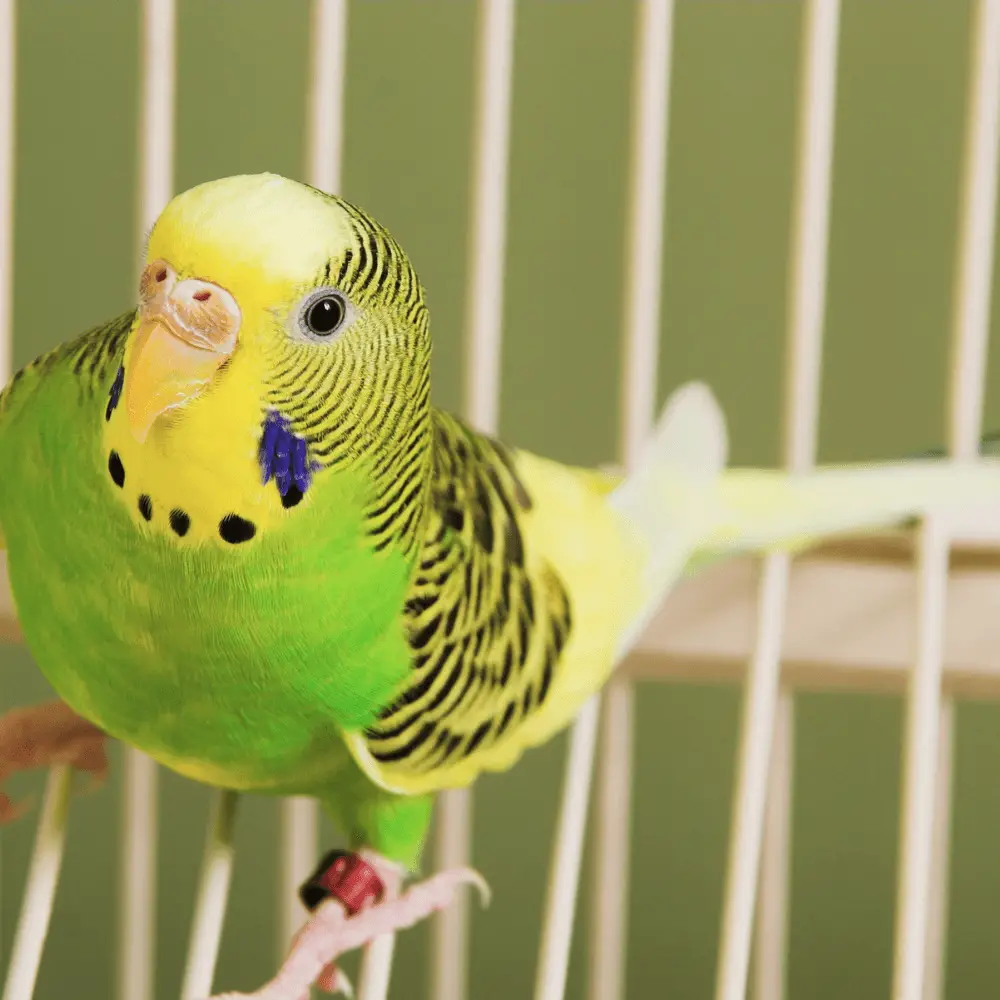
It is worth noting that not all budgerigars are the same in their age. As this depends on many factors, such as: where he lives, whether in the wild, in bird farms, or at home, as well as the care that he will receive throughout his life, and his age also depends on the diseases that may affect him, and as the budgie gets older, he becomes more susceptible to infection. diseases.
For example, the non-wild budgerigar enjoys better protection, and this protection is represented by the availability of the necessary resources for care, and the lack of exposure to predators, and the budgerigar can be bred in this case in a way that makes its breeds genetically better.
What is a budgie
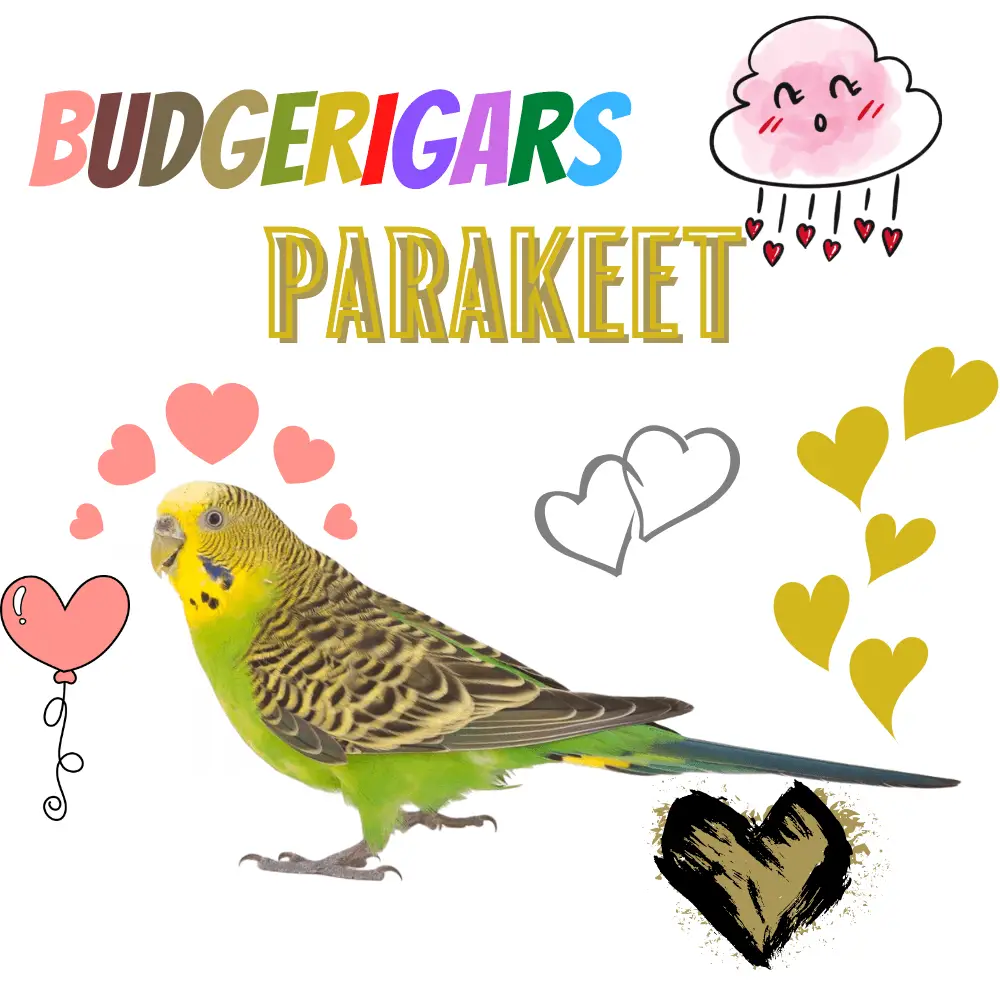 Budgie lifespan
Budgie lifespan
The Budgie is one of the types of parrots, and it is characterized by bright yellow or green feathers decorated with black waves, as well as blue cheeks and a slender tail. Its length from top to tail is about 18-20 cm.
Families have raised budgerigars since the fifties of the nineteenth century, and they are now among the most popular pet parrots in the world. There are budgerigars in many colors and patterns other than the aforementioned basic, ranging from violet, olive, and blue to pure white.
It is worth noting that many modern scientific studies have been conducted on the budgerigar in the field of genetics.
It is genetically very similar to the nocturnal parrot and the ground parrot, and scientists believed that the nocturnal parrot had become extinct, but it is now found in the Boleyn Reserve.
Budgie habitat
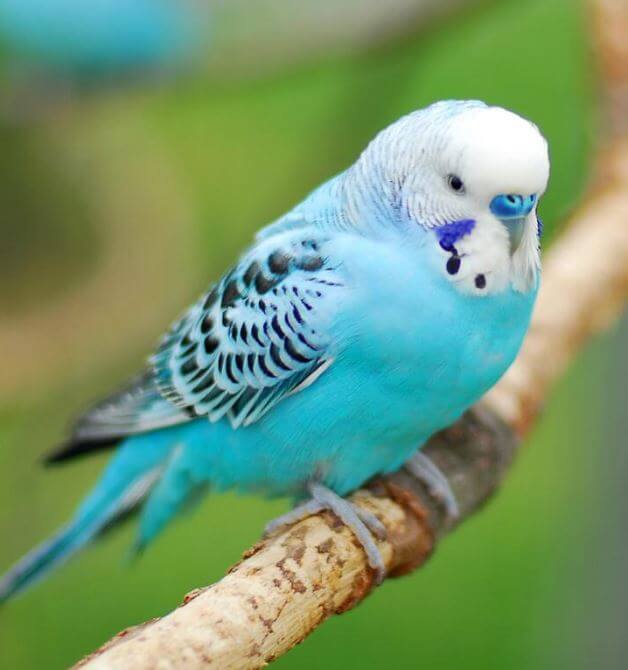 Budgie lifespan
Budgie lifespan
The budgie bird lives in large numbers in nature, and is found specifically in the interior of Australia, west of the Great Dividing mountain range, and due to the need of these birds to drink water daily; Usually found near water, it prefers savannahs, grasslands, open forests, woodlands, and farmland.
The budgerigar is one of the migratory birds that travel north of the country for great distances during the winter season. This is to catch up with the rains, plentiful weeds, and seeds.
Budgie food
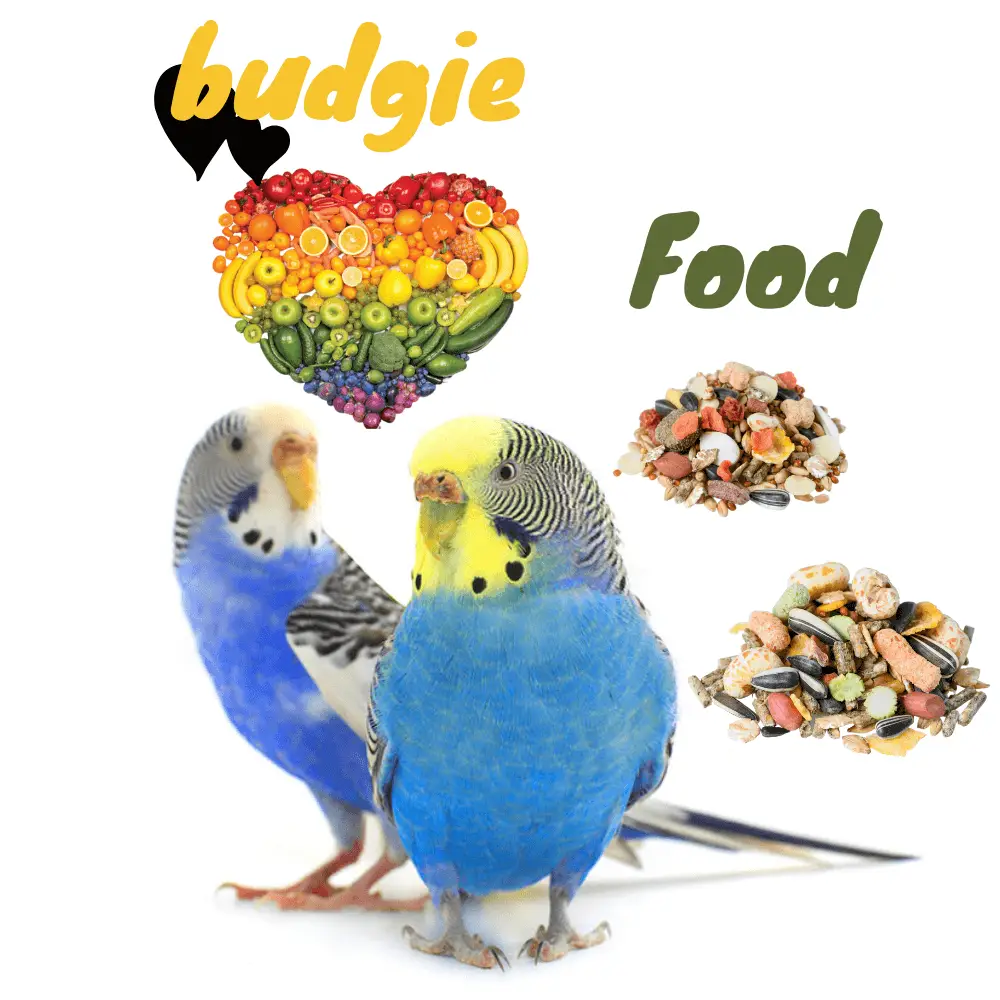 Budgie lifespan
Budgie lifespan
Budgies are relatively inexpensive to care for and feed; Given their small size, though, the diet must be varied; A seed-only diet is not a good system and can lead to health problems.
Therefore, veterinarians recommend that the food for the budgerigar should contain sufficient and varied nutrients, including fruits and vegetables, and leafy greens, and that seeds and grains should be part of the diet and not the basis of it.
It should be noted that the mating phase does not require changing the feed usually used, but a side meal rich in protein, such as food that contains eggs, must be provided.
Budgie behavior
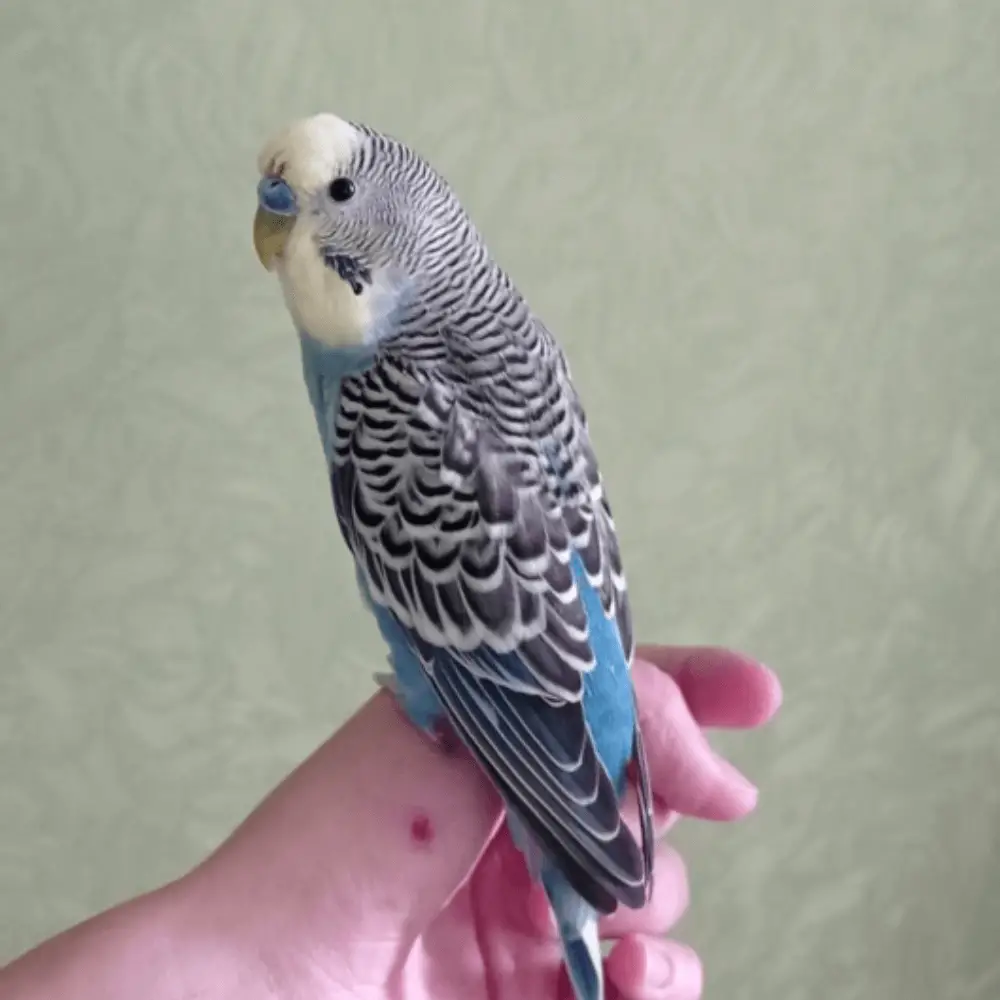
The budgerigar has many behavioral characteristics, including the following: Budgies drink water in the morning, and by the end of the day they have consumed approximately 5.5% of their body weight.
As for the birds that live in an arid environment, and when there is no stagnant water in the vicinity, they resort to drinking early morning dew and cleaning their bodies in the wet grass.
Budgies have a flexible beak and tongue to suit the nature of their diet. Budgies use climbing sometimes climbing on the growing grass in search of food, and they remove the fruits from them, then remove the seed husks and swallow them whole or broken, and after they drink and eat, they search for shade in the middle of the day.
Budgies clean themselves during rest periods. The budgie is a social being, and it constantly communicates with its companions by chirping
Budgie breeding
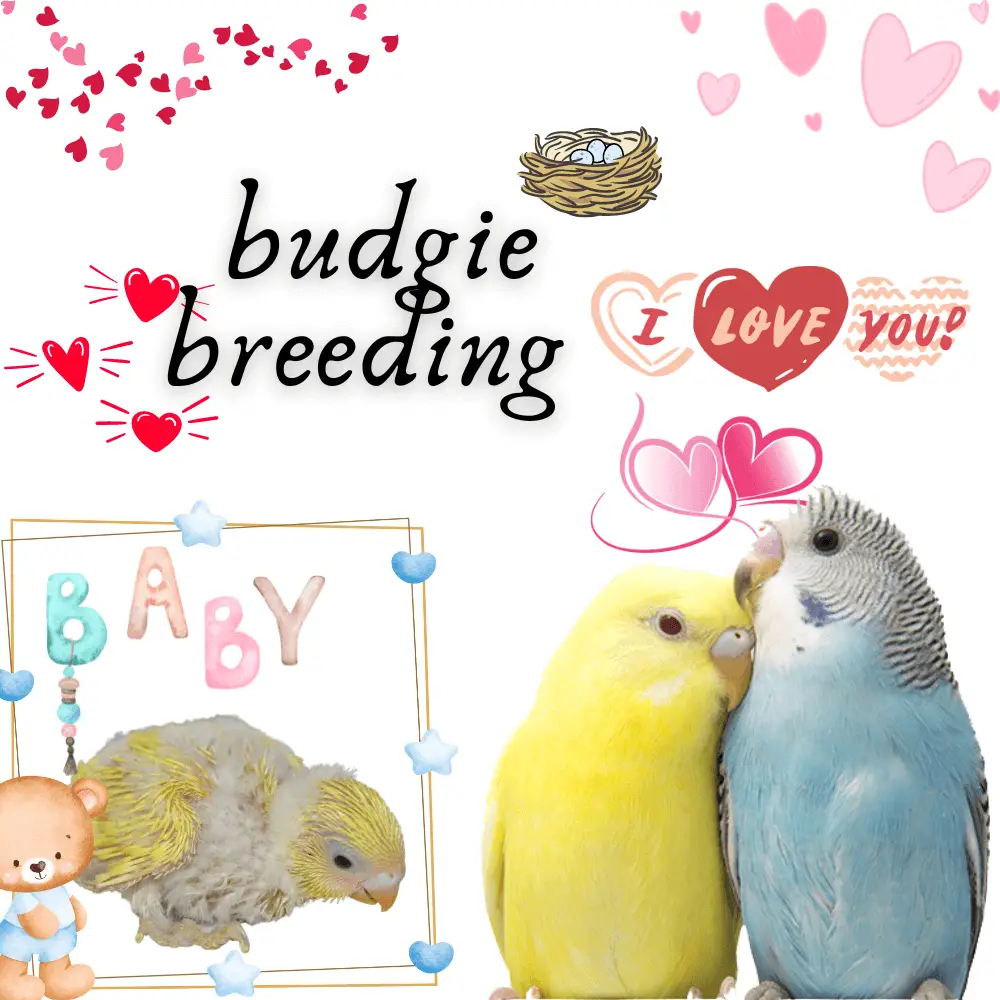 Budgie lifespan
Budgie lifespan
Budgies reproduce sexually like other types of birds and reproduce easily when there is a suitable environment, and the bird in the cage tends to mate, but a pair of budgies may fail to bond because of their need for another new place, though, you must wait a day or two before thinking of a solution;
When putting the two birds together for the first time as a pair, they tend to show aggression or defensiveness at first. As for the wilderness; The budgie breeds during the spring and summer periods, and it needs long hours of daylight to stimulate the mating instinct.
This instinct can also be stimulated for domestic birds by artificial light lighting with fluorescent lamps designated for this purpose, which are found in specialty stores.
Budgie mating
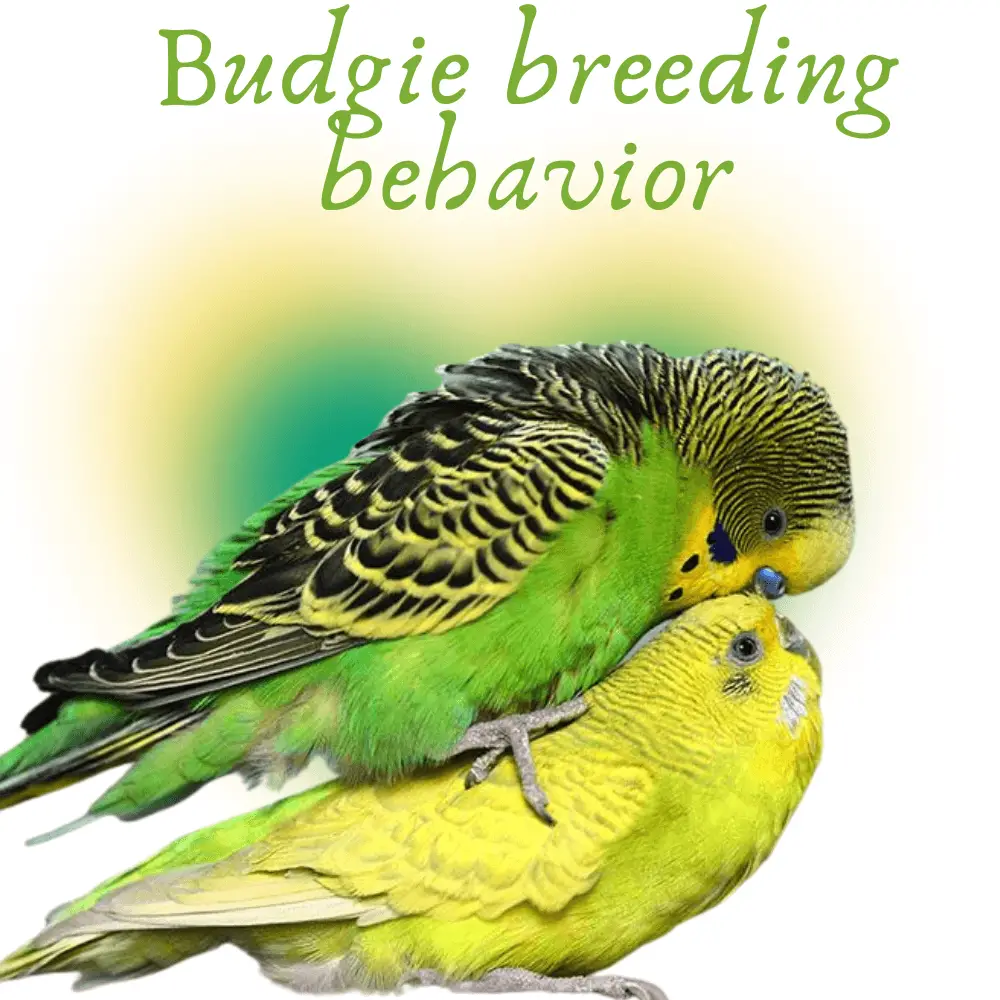
The budgie marries only one pair for life and becomes able to reproduce at the age of 6 months, but it may not be allowed to do so until it reaches at least 10 months;
Because the bird at a younger age often fails to be a father able to meet the needs of its chicks, noting that the male can reproduce for a period of 6 years of puberty, and the female for a period of 4 years.
After mating, the mother lays the eggs inside the nesting box, and in some cases, she puts them outside, but it can be indicated by the correct verb by transferring them to the box, and she will do the same in the coming times.
How do I know how old my budgie is
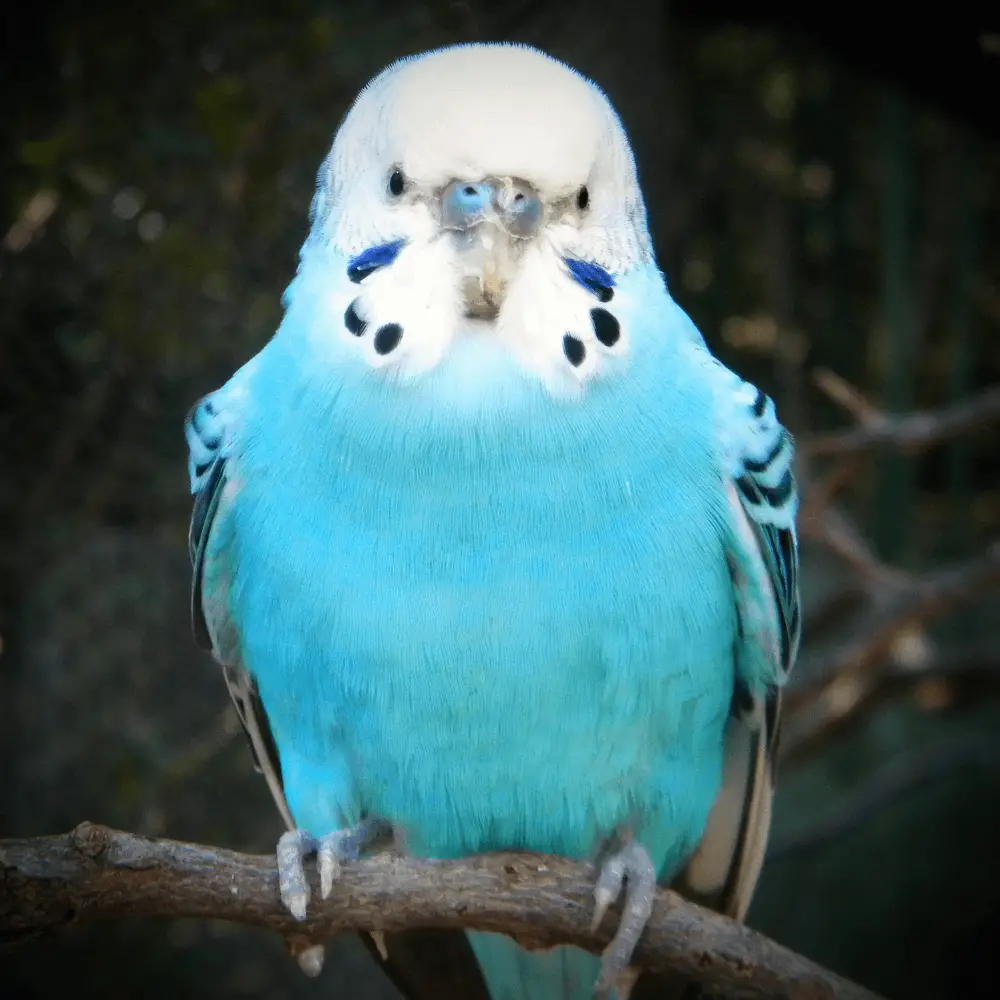
When the budgerigar becomes an adult, it becomes difficult to determine its exact age, but when it is less than a year old, it can be identified better thanks to the wavy lines above its head, its eyes, the wax or bellows, the spots, and the beak.
The method of feathering the cap, forehead, or forelock (feathers above the bellows):
Younger budgies have transverse stripes on their forehead. And when the budgerigar sheds feathers through a first subtraction (usually at about the age of three to four months), these feathers are replaced at the top of the head with other feathers that are not stripped.
Any bird with a striped forehead that does not have a yellow or white spot is a chick that has not exceeded 4 months.
This method will not work with a few types of budgies that do not have the usual plumage markings. These subspecies are the albino and lutino but it works with most other varieties.
In the picture attached at the top of the text, we can note the change in the color of the wax or bellows and the size and number of spots on the bird’s cheeks.
Budgie eyes method:
The eye of the budgie according to age
The appearance of a light gray or white ring in the iris of the budgerigar’s eye when it reaches 8 months. The eyes of the budgerigar chicks shrink in color with age. If his eyes are completely black, then he is under the age of 4 months. , Red eye).
Likewise, the spotted banded, and the iris of the eye will always be dark (black), regardless of the age of the budgerigar, and as it grows older than the age of eight months, the white pupil begins to grow and become clear, and the apparent blackness in the eye decreases.
Related article:

